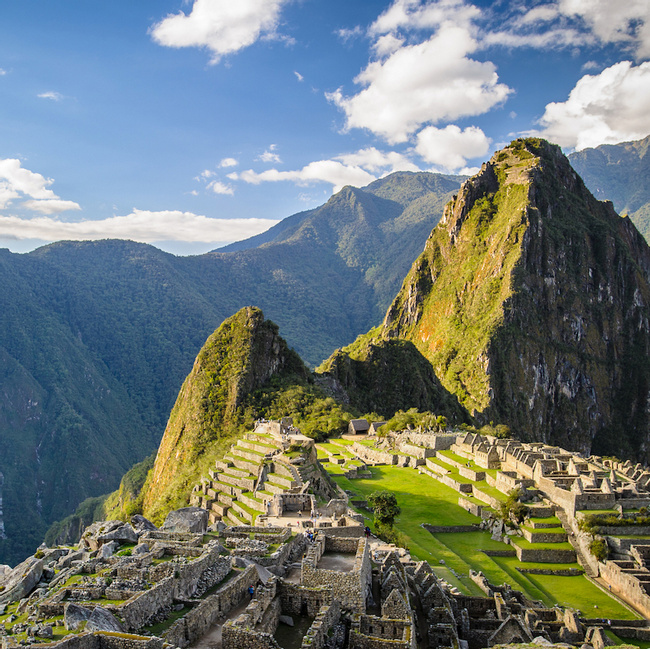- Travel Guides
Political Struggles in the 20th and 21st Centuries
Peru is a country with an extraordinary history—both culturally and governmentally. For the first few decades of the 20th century, power passed back and forth between military leaders and groups motivated by deals with special interest groups, like the National Mining Society and the National Industrial Society. This period was marked by a series of coups and political instability.

THE EARLY CENTURIES
Peru's struggles in recent centuries are partially a byproduct of the nation's earlier history. Peruvian roots are traceable as far back as 1000 BC, when various indigenous civilizations rose and fell. The most notable of these was the Inca Empire, which spanned 772,204 square miles (2,000,000 sq km). Eventually, Spanish Conquistadors led to the end of the Incan Empire, and the beginning of Peru's quest to regain its autonomy.
Yet, the ousting of Spanish colonialism was by no means the beginning of Peruvian stability. In fact, it wasn't until the 1990's that the nation began to find its footing...
Military Decenio (1968 – 1980)
During the Military Decenio (period of twelve years), Peru experienced an expansion of state control with numerous new government ministries and agencies. This government focused on moving away from relying on other countries for economic support, and instead put efforts towards creating more agricultural and economic growth. Large private farms were disbanded to create smaller farming cooperatives.
Economic growth suddenly halted in the 1970s, because of a sudden shortage of resources. The government took out loans which it could not repay quickly enough. Soon the government had created a debt problem that would last through the 1980s.
Civilian Decenio (1980 – 1992)
The 1980s were especially difficult years in Peru. In 1985, Alan García was elected, and began spending heavily in an effort to rebuild the economy. His efforts were shortsighted and led to the worst economic collapse in Peruvian history.
In the early 1980s, Peru’s Communist Party, known as 'Shining Path,' began a violent campaign that killed over 30,000 people. In 1992, the Peruvian military finally captured the organization's leader, Abimael Gúzman Reynoso. After his capture, many other Shining Path terrorist groups were also captured and disbanded.
Fujimori Regime (1990 - 2000)
The Fujimori Regime was an ill-fated attempt to revive the Peruvian economy. The efforts of Alberto Fujimori would have been admirable, save for the part where he dissolved congress to implement an authoritarian style of government.
Furthermore, his decision to privatize state-owned businesses helped the economy at the cost of further hurting Peru's poor. His career ended in scandal when he was caught bribing an official, fled to Japan, and was extradited back to Peru to face a jail sentence over two decades long.
Peru Today
Oddly enough, it wasn't until Peru had its first president of indigenous descent that the country began to achieve true stability. In 2001, President Alejandro Toledo used his role in government to create the economic policies which led to Peru's current growth. This economic improvement was doubly advantageous to the development and society of Peru, because it made the nation a more appealing tourist destination—which in turn offered more employment opportunities to local Peruvians. It also prompted more conservation efforts, which again, was good for both Peruvian culture and tourism.
Peru is an amazing nation whose independence was long fought for, and well-earned. Discover this spirit of independence throughout the centuries when you explore this beautiful country.
References
If you would like to learn more about Peru, visit our reference page to discover some of the resources we used in addition to the knowledge of our local travel consultants.
We believe travel is more than ticking destinations off a list – it’s about discovering new places deeply, feeling connected wherever you go, and knowing you have a trusted team behind you every step of the way.



